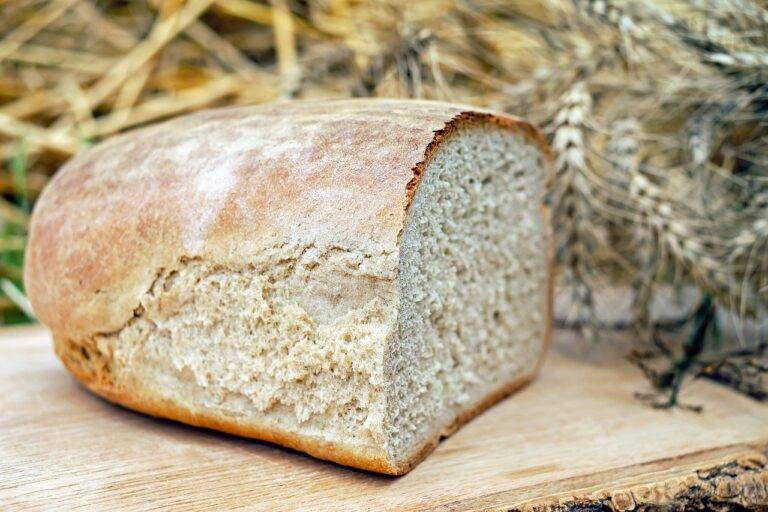The Impact of Technology on Food Delivery Logistics
Traditional food delivery systems have long grappled with issues related to inefficiency and delays in getting food from restaurants to customers in a timely manner. One of the primary challenges is the lack of real-time tracking and communication between the various stakeholders involved in the delivery process, leading to mismanagement and confusion.
Moreover, traditional food delivery systems often struggle with accurately predicting delivery times, which can result in dissatisfied customers and a negative impact on the overall dining experience. This lack of precision in estimated delivery times can be attributed to factors such as traffic congestion, weather conditions, and the availability of delivery personnel.
Emergence of Online Food Delivery Platforms
Online food delivery platforms have revolutionized the way consumers order and receive food. With just a few taps on their smartphones, customers can browse through a wide range of restaurants and cuisines, place their orders, and have their meals delivered right to their doorstep. This convenience has significantly impacted the traditional food delivery systems, leading to a shift in consumer preferences towards these digital platforms.
The emergence of online food delivery platforms has also opened up new opportunities for restaurants and food establishments to reach a wider customer base. By partnering with these platforms, businesses can expand their reach beyond their physical locations and tap into a larger market of potential customers. This has helped restaurants increase their visibility, boost their sales, and adapt to the changing demands of the digital age.
Integration of GPS Technology in Food Delivery Logistics
GPS technology has revolutionized the efficiency and accuracy of food delivery logistics. By providing real-time tracking capabilities, delivery drivers can navigate more effectively and customers can monitor the status of their orders with greater transparency. This technology enables food delivery services to optimize routes, reduce delivery times, and enhance overall customer satisfaction.
Additionally, GPS technology allows for improved communication between customers, restaurants, and delivery drivers. With the ability to share live location updates and estimated arrival times, all parties involved in the delivery process can stay informed and coordinate effectively. This level of connectivity not only streamlines the delivery process but also helps to build trust and loyalty among customers who value convenience and reliability in their food delivery services.





